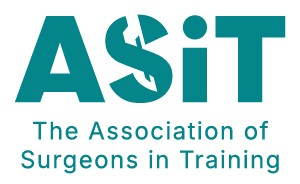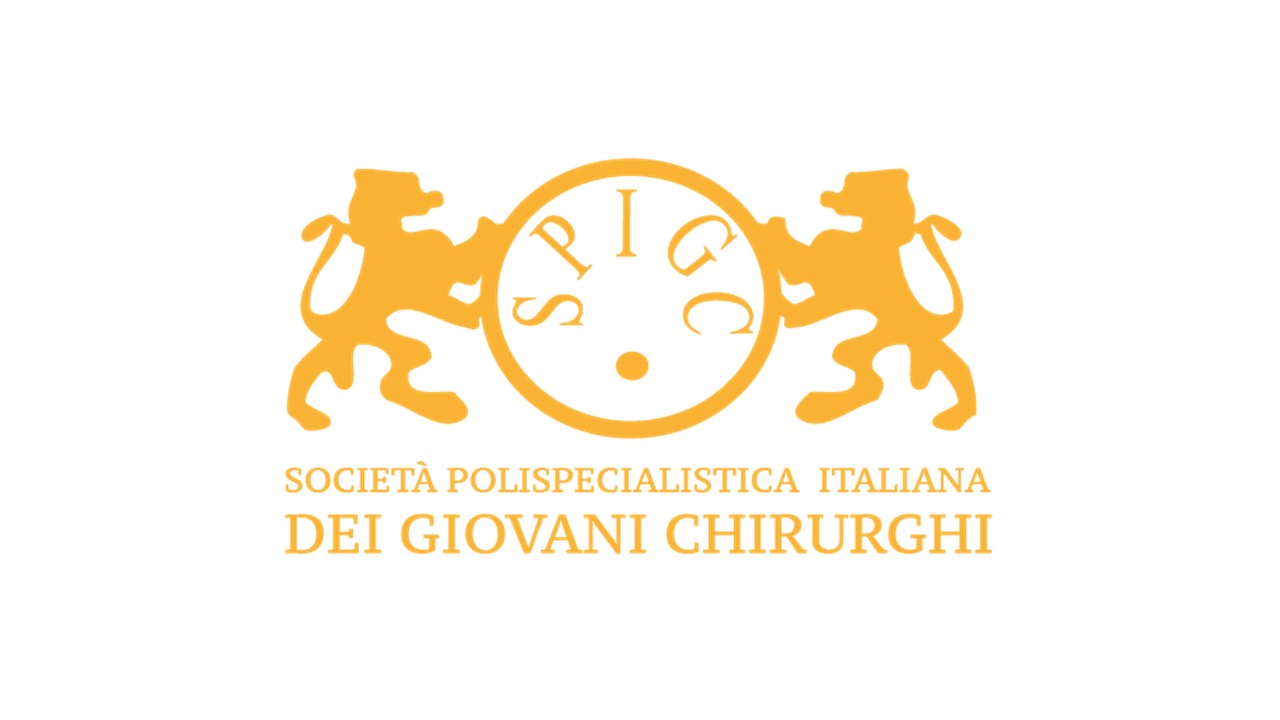BJS Academy>Continuing surgical ...>Vascular surgery upd...
Vascular surgery update 2025: Advancing knowledge and innovation
Sandip Nandhra
NHIP Senior Clinical Fellow/Consultant Vascular Surgeon; Population Health Sciences Institute, Newcastle University; Freeman Hospital, Newcastle Upon Tyne Hospitals
31 March 2025
Guest blog Vascular
Related articles
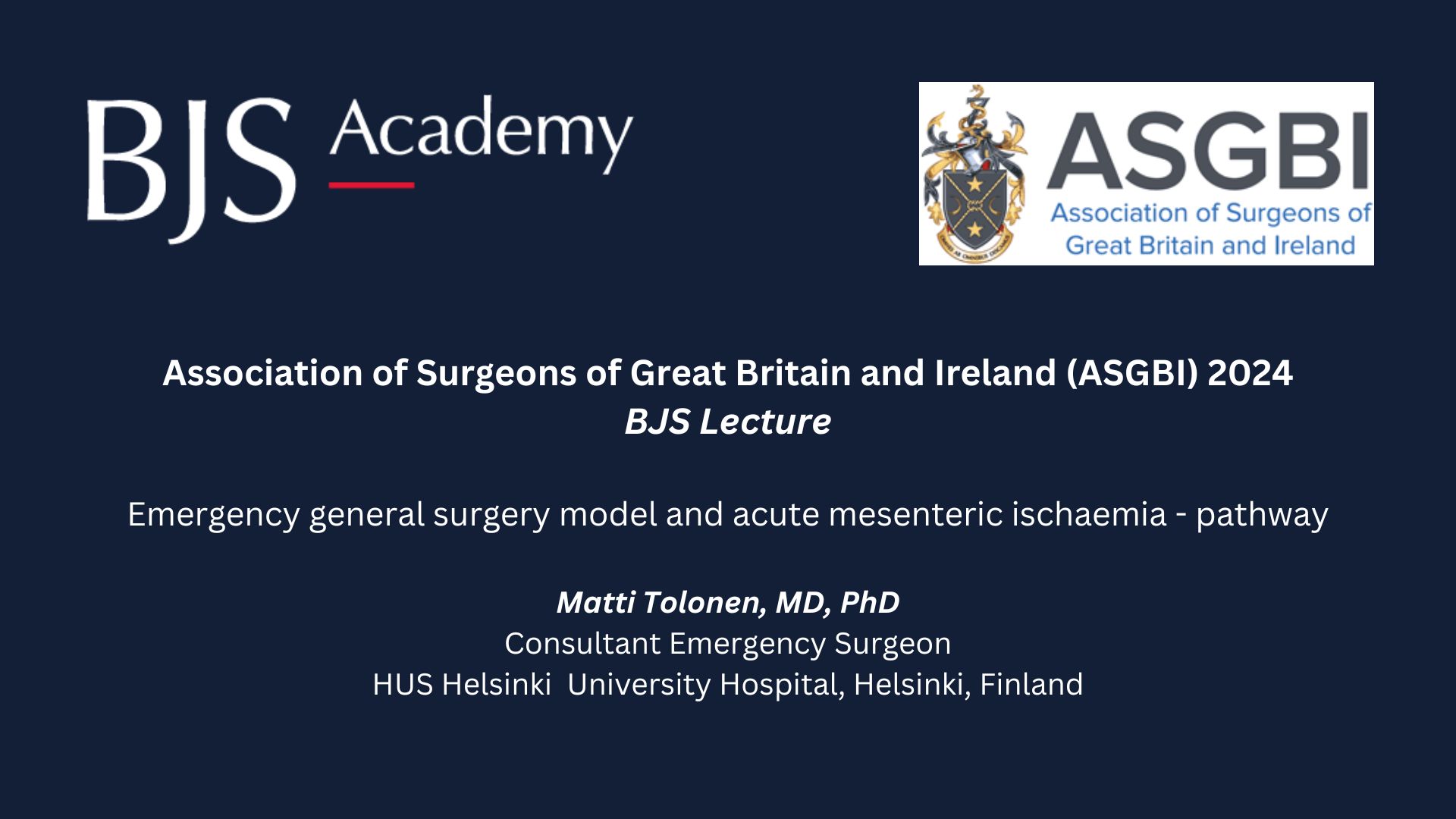
2024 ASGBI BJS Lecture: Emergency general surgery model and acute mesenteric ischaemia – pathway
Matti Tolonen, MD, PhD, presents his BJS Lecture “Emergency general surgery model and acute mesenteric ischaemia – pathway” from the 2024 Association of Surgeons of Great Britain and Ireland (ASGBI) International Surgical Congress.
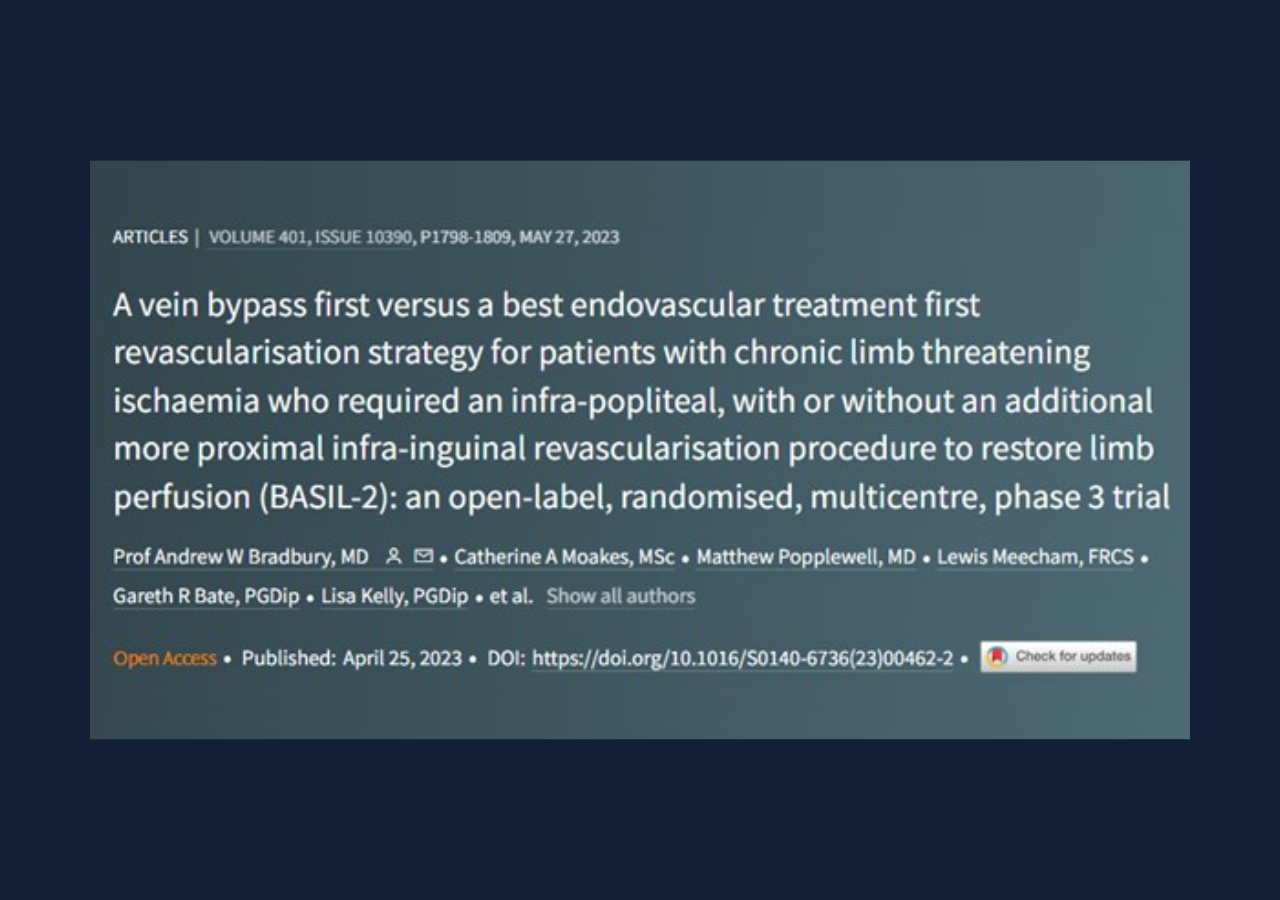
BASIL-2 results explained
Andrew Bradbury
I have been asked to offer some thoughts on what the BASIL-2 trial may mean following publication of the headline results in the Lancet on 25 April 2023. The journey to BASIL-2 started around 25 years ago when I was a Senior Lecturer in Vascular Surgery at Edinburgh University, Scotland, and was fortunate enough to be awarded an NIHR HTA grant for the first BASIL, now known as the BASIL-1, trial. In the late 1990’s, the idea that one could treat chronic limb-threatening ischaemia (CLTI), in those days called CLI or SIL (critical limb ischaemia or severe ischaemia of the leg), other than by means of bypass using either vein or prosthetic conduit was considered extremely controversial. There were real concerns that the endovascular management of CLTI was being adopted in the absence of good evidence that it was a clinically and cost effective treatment option. And that is why NIHR HTA put out a call for an RCT in this area of practice. We ran BASIL-1, first in Scotland, and then when I moved to Birmingham in 2000, across most of the UK between 1999 and 2004. In BASIL-1, a bypass first and a plain balloon angioplasty first revascularisation strategy resulted in similar amputation free survival out to 2 years. However, in patients who survived for two years, randomisation to bypass first was associated with significant improvement in overall survival and a trend towards improved amputation free survival. About 25% of the bypasses were prosthetic, which reflected practice at that time. Around 75% of the patients in BASIL-1 had a revascularisation that was limited to the femoro-popliteal segment. A post-hoc, sub-group analysis of approximately 100 BASIL-1 patients that had an infra-popliteal, with or without a femoro-popliteal, revascularisation also showed a trend in favour of (vein) bypass surgery.
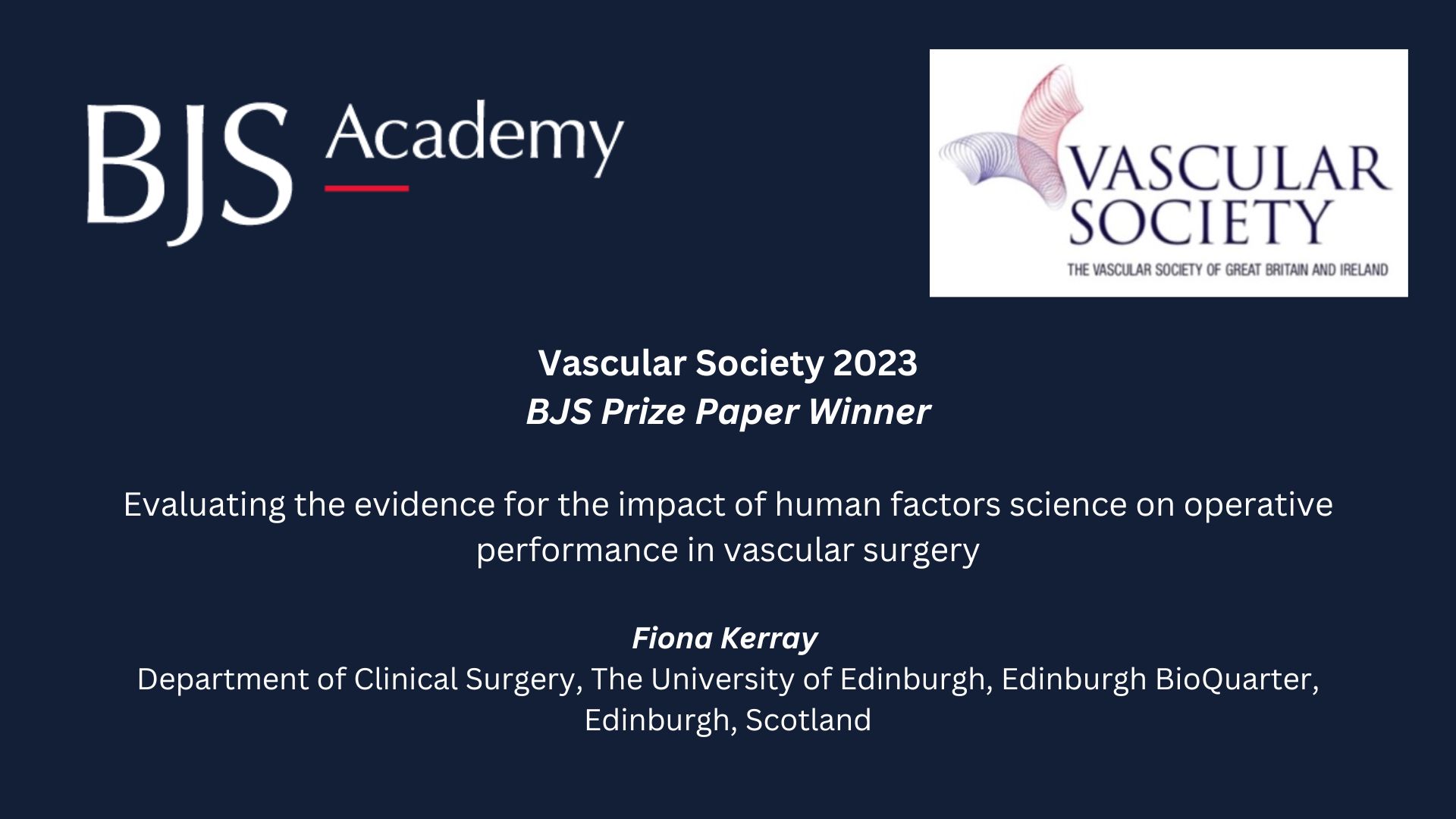
2023 Vascular Society BJS Prize Lecture: Evaluating the evidence for the impact of human factors science on operative performance in vascular surgery
The final video in our CTLI miniseries is the BJS Prize Lecture from the Vascular Societies’ Annual Scientific Meeting 2023, ‘Evaluating the evidence for the impact of human factors science on operative performance in vascular surgery’ from Fiona Kerray (presenting), Robert Henson, Andrew Tambyraja and Steven Yule.
Copied!
Connect

Copyright © 2025 River Valley Technologies Limited. All rights reserved.

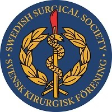






.jpg)
